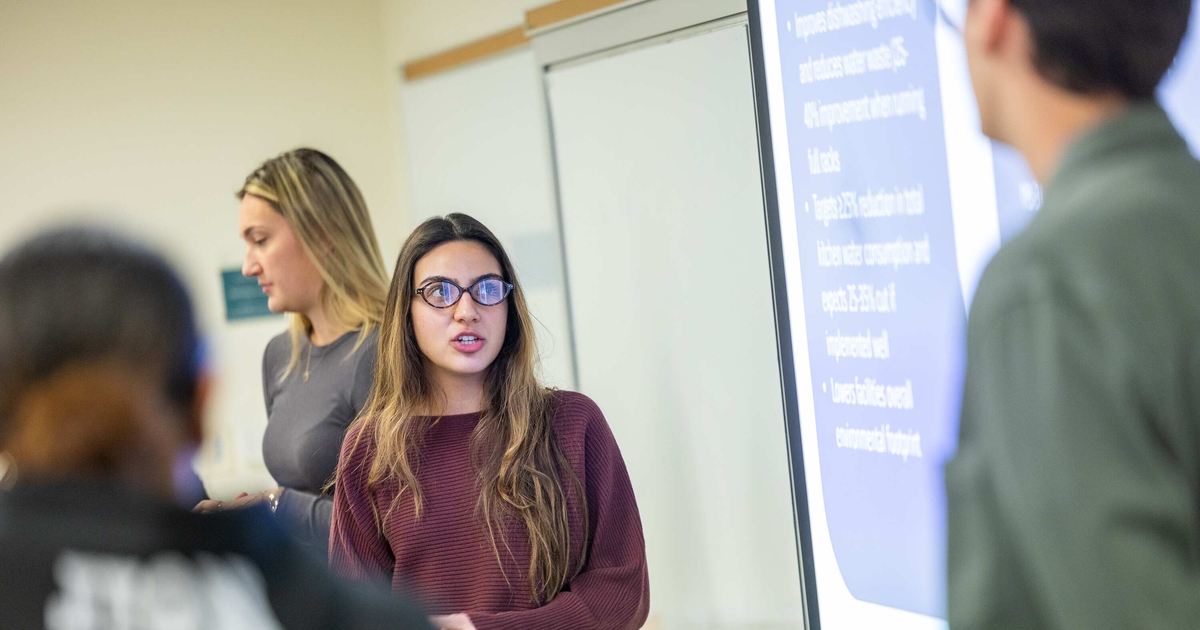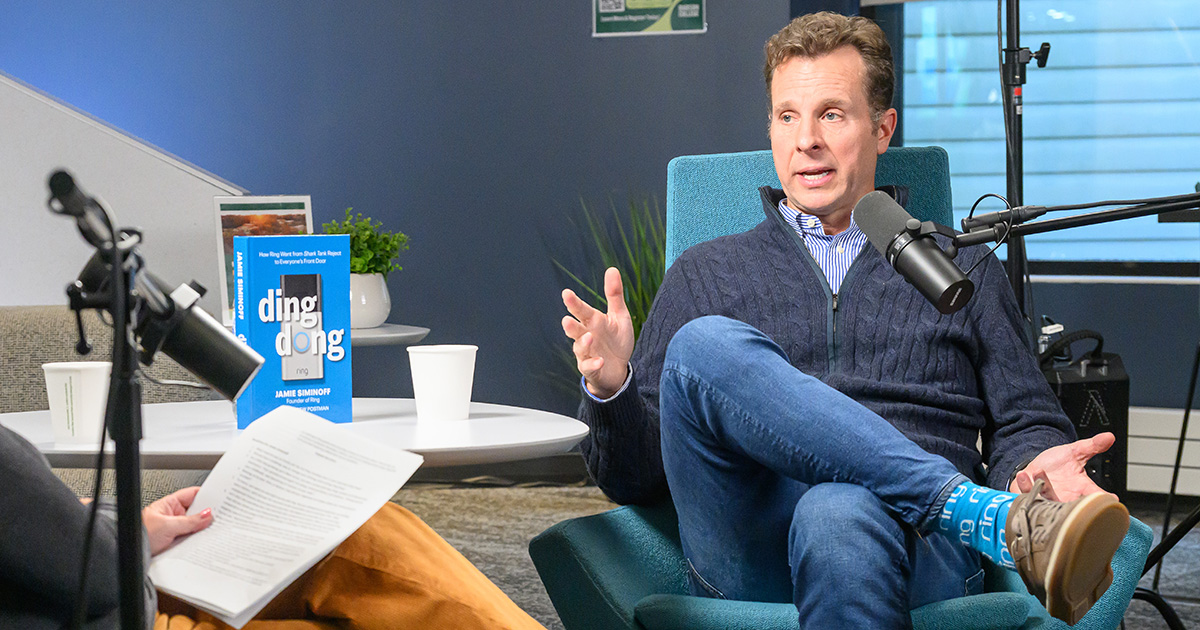Got a Great Idea? Prove It
Have you ever met an entrepreneur who lacks ideas? Neither have I.
The trick is committing to the right idea. Entrepreneurs by temperament are gushing wells of inspiration—new businesses, new solutions to old problems, and new approaches. In those first bursts of imagination, an opportunity appears suddenly obvious, even if the path to success will be long and full of false starts. And, then, another idea might manifest, seeming as brilliant as the first.
Eventually an entrepreneur must ask, “Which one of these great ideas should I pursue, and how do I decide?” Several ideas at first might seem equally appealing, but trying to do several simultaneously risks the failure of all. At some point, he or she has to commit to an inspired idea. Which one is right?
Let’s assume several ideas at first seem equally promising in terms of creating wealth. Let’s also assume each idea at first seems like it will take the same amount of time to mature as a business. The entrepreneur will pour heart and soul into a budding business for a year, or two, or five. With money and time considerations about equal, which idea is strong enough to win his or her commitment?
There is a discipline to deciding that question, and it’s codified at the Butler Venture Accelerator. Its pyramid model describes how to explore, pursue, launch and grow a business, and for entrepreneurs deciding among their inspirations, the Accelerator includes the points at which go, no-go, or adapt decisions must be made. Less-than-stellar ideas fall; the strongest ideas stand.
Decision point 1: Do you want to do this? “These are the first questions we ask in the process of Entrepreneurial Thought and Action®,” says Babson College Lecturer in Entrepreneurship Caroline Daniels. “ ‘How invested are you in the idea? How much do you care, and who are you, relative to the idea?’ Finally, ‘What do you know about it, and whom do you know?’ ”
Decision point 2: Is the idea feasible? Is the market need strong enough to inspire potential customers? Will the outcome—revenue or social good or both—actually flow from the customer’s need? Is the timing right? How can the entrepreneur accommodate factors that are out of his or her control?
Conversation with potential customers is a key activity in this exploration phase, says Daniels. “I’ll ask students, ‘How many customers did you talk to this week?’ and they’ll say, ‘Two,’ to which I have to answer, ‘Oh, no. Talk to 50!’ ”
Getting in front of potential customers is dangerous business for an idea, because it risks being irrelevant. Cindy Klein-Marmer of the Venture Accelerator says entrepreneurs must trust the process of dialogue and listening, rather than selling their idea, because customer input is critical to the development process.
“Don’t just say, ‘Would you buy it?’ ” she advises. “Instead, think about that need you’re trying to solve and start asking questions around it. How are they solving it today? Phrase it this way: ‘If I could do X, Y, and Z for you to solve this need, what kind of value would that bring?’ Remember to listen. When the customer starts talking about their need, zip your lip and listen, because that’s the point they’ll say, ‘Yeah, your idea is great, but you know what I really need?’ ”
When a customer describes in detail a problem they’d pay money to solve, that’s an opportunity bulletin from the real world. It might not be satisfied by the entrepreneur’s idea, or the idea might be adapted. Multiply this golden moment by 50 customer conversations, and you have a road map for Entrepreneurial Thought and Action.
Decision point 3: Will the plan survive the rigor of a comprehensive business plan? Here, the entrepreneur assembles all the components of a successful business—financial models, market information, operational details, personnel, technology, timeline, and prototype—into a model, a narrative of the entrepreneur’s intent. The great benefit of business planning is that it asks hard questions about each component of a business. The answers create many go, no-go, or adapt decisions along the way.
During the planning process, the entrepreneur also models the product or service in a prototype. Sometimes that might be a computer simulation; sometimes it requires physically prototyping a product. Potential customers must use and react to the prototype. (Daniels comments this is not only critical for developing the right product, but also can result in the first purchases!)
Decision point 4: What is the future of the business? This circles back to why you’re doing it. If you’re trying for an early exit, can you prove there will be a buyer? If it doesn’t sell, will you want to own and run this business 10 years from now? Will success in this venture make other dreams possible? This decision is easy to take lightly, but entrepreneurs are wise to create a long-term vision. Jeff Bezos of Amazon did, and he’s still running the place.
If one idea has survived such a rigorous vetting process to this point, it’s a venture. The entrepreneur has taken a range of possibilities and, by putting them to the stress test of the pyramid model, distilled one into a business to which he or she can commit time, talent, and faith … and reap the potential rewards.
Posted in Entrepreneurial Leadership





